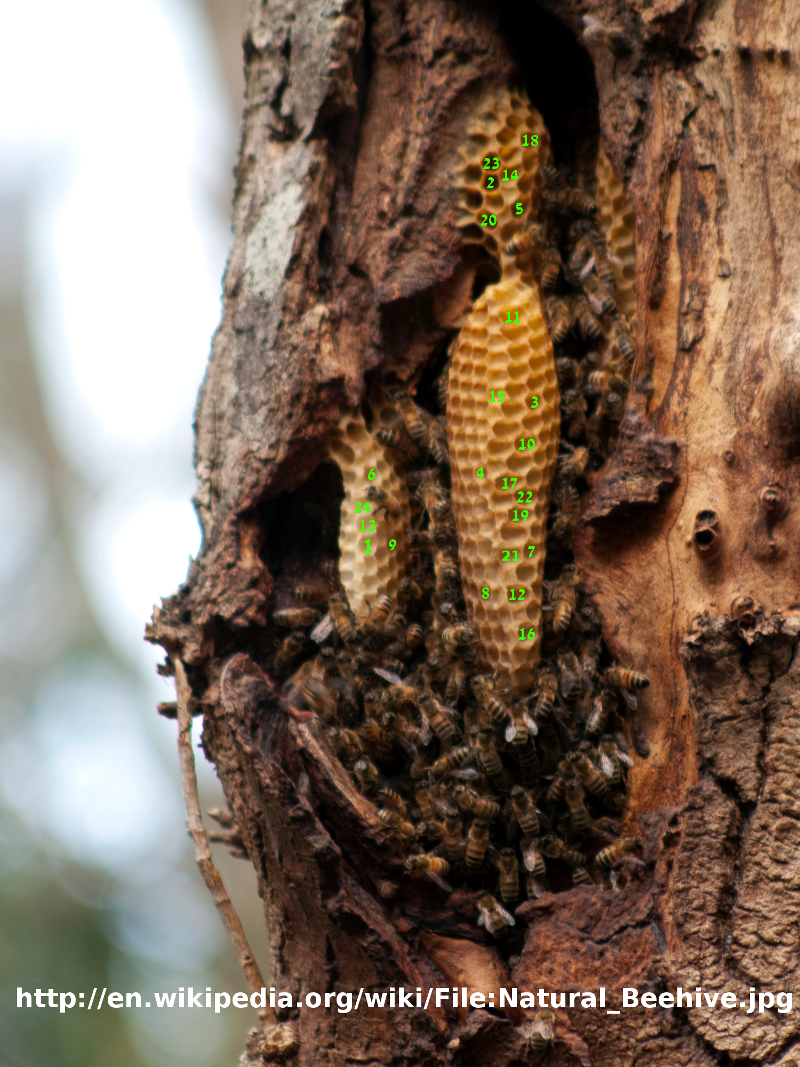oxytocin
[...]Oxytocin is best known for its roles in female reproduction: 1) it is released in large amounts after distension of the cervix and vagina during labor, and 2) after stimulation of the nipples, facilitating birth and breastfeeding. Recent studies have begun to investigate oxytocin's role in various behaviors, including orgasm, social recognition, pair bonding, anxiety, and maternal behaviors.[2] For this reason, it is sometimes referred to as the "cuddle hormone." [3][...]
[...]Oxytocin evokes feelings of contentment, reductions in anxiety, and feelings of calmness and security around a mate.[13] In order to reach full orgasm[citation needed], it is necessary that brain regions associated with behavioral control, fear and anxiety are deactivated; which allows individuals to let go of fear and anxiety during sexual arousal. Many studies have already shown a correlation of oxytocin with social bonding, increases in trust, and decreases in fear. One study confirmed that there was a positive correlation between oxytocin plasma levels and an anxiety scale measuring the adult romantic attachment.[14] This suggests that oxytocin may be important for the inhibition of brain regions that are associated with behavioral control, fear, and anxiety, thus allowing orgasm to occur.[...]
http://en.wikipedia.org/wiki/Oxytocin



0 Comments:
Post a Comment
Subscribe to Post Comments [Atom]
<< Home